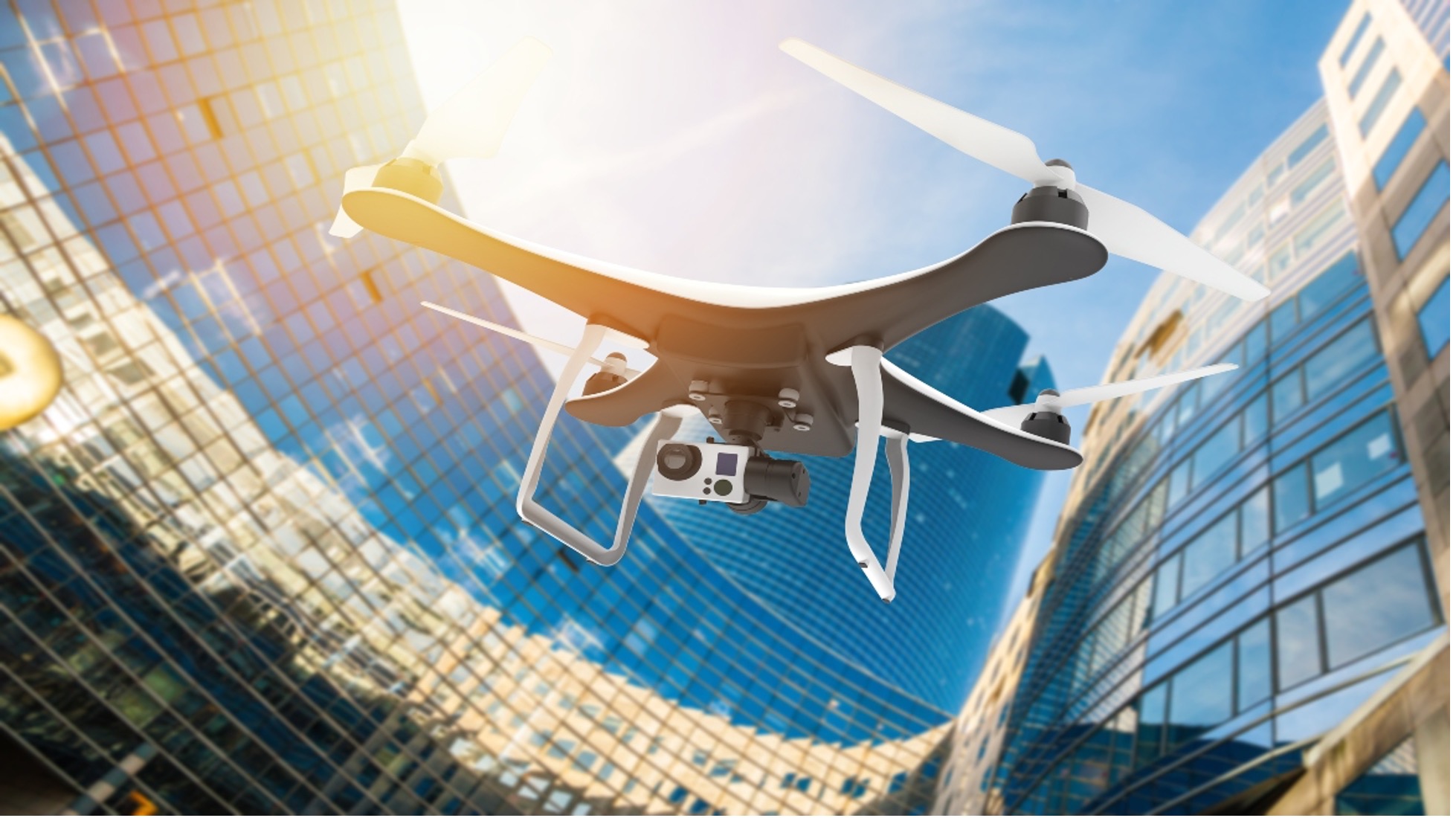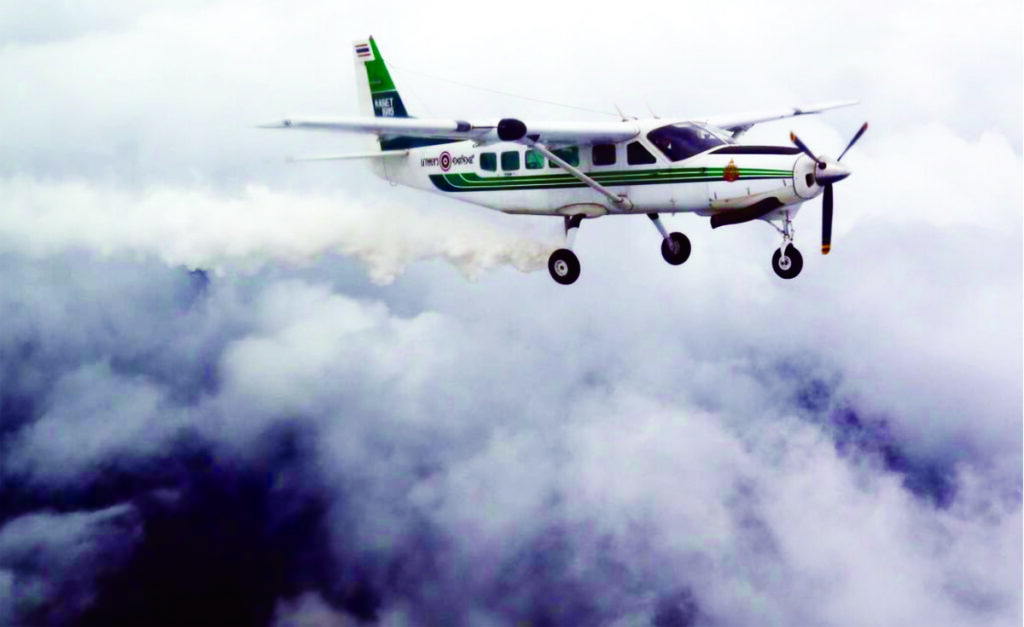Once relegated to science fiction or military applications, drone technology has rapidly evolved into a ubiquitous presence impacting industries and even daily life. These unmanned aerial vehicles (UAVs), initially clunky and limited in capability, have undergone a remarkable transformation. From the pioneering radio-controlled models of the early 20th century to the sophisticated, AI-powered marvels of today, drones have shrunk in size, increased in functionality, and plummeted in cost.
Imagine soaring above fields, capturing stunning aerial photography, or delivering essential medical supplies to remote areas – all thanks to these versatile flying machines. From delivering packages swiftly and precisely to aiding search and rescue missions in treacherous landscapes, the impact of drones is undeniable. In fact, a 2023 report by PwC predicts the global drone market to reach a staggering $45.8 billion by 2028, highlighting its exponential growth and vast potential.
This blog delves into the fascinating world of drone technology, exploring its fascinating journey, current state, and transformative impact across various sectors. We’ll examine the diverse types of drones, their groundbreaking capabilities, and their profound influence on industries like agriculture, logistics, construction, and even entertainment. We’ll also discuss the exciting possibilities they hold for the future, from revolutionizing urban planning to aiding environmental monitoring. However, the rise of drones isn’t without its challenges, and we’ll delve into concerns regarding privacy, safety, and ethical considerations.
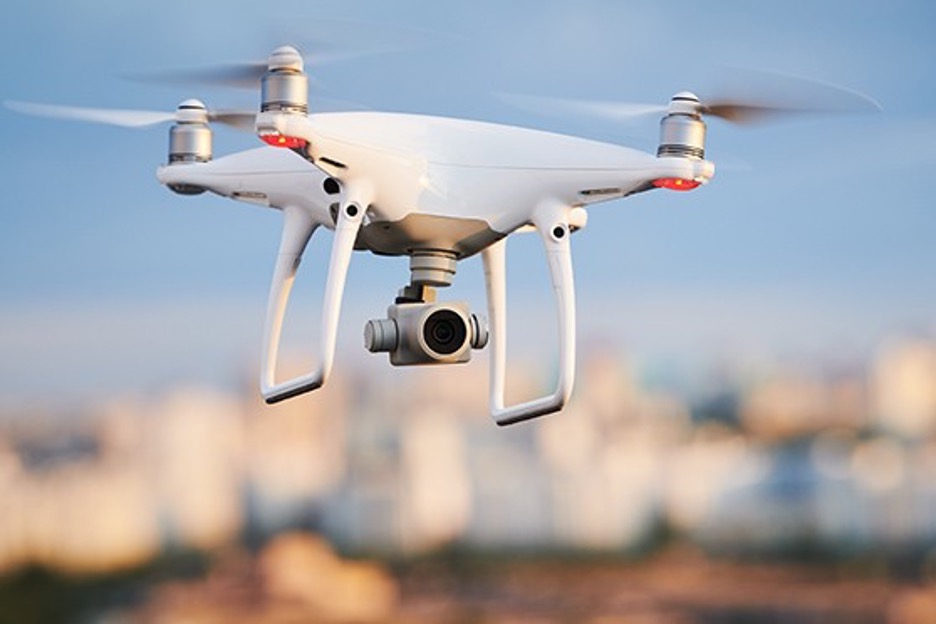
Early Life & Education
Drones, also known as unmanned aerial vehicles (UAVs), have come a long way since their inception. Initially developed for military purposes, these flying machines have now transcended their original role. Here’s a glimpse of their evolution:
Military Origins:
Drones were first used in military reconnaissance during World War I.
Over time, they evolved into sophisticated tools for surveillance, intelligence gathering, and combat missions.
During World War I, the United States and Britain created the first autonomous vehicles. The American airborne torpedo known as the Kettering Bug made its maiden flight in October 1918, while Britain’s airborne Target, a small radio-controlled aircraft, was initially tested in March 1917. Neither was employed operationally during the war, despite the fact that both demonstrated promise in flight tests.
The development and testing of unmanned aircraft proceeded during the interwar years. The British manufactured several radio-controlled aircraft in 1935 to be used as training targets. The DH.82B Queen Bee, one of these versions, is thought to have served as the model for the term “drone” when it first came into common usage. Additionally, American companies produced radio-controlled drones that were utilized.
Civilian Adoption:
In the late 20th century, drones transitioned from military exclusivity to civilian use.
Hobbyists, filmmakers, and businesses began exploring their potential.
Technological Advancements:
Miniaturization of components, improved battery life, and better sensors led to more accessible and versatile drones.
GPS navigation, stabilized cameras, and autonomous flight capabilities revolutionized their usability.
Commercial Applications:
Drones found applications in agriculture, construction, environmental monitoring, and disaster management.
Their ability to reach remote or hazardous areas made them invaluable.
Drones may now be used for a wide range of tasks, such as delivering items, taking pictures, recording videos, conducting search and rescue missions during natural catastrophes, and monitoring climate change. However, the military uses them most famously—and controversially—for targeted assaults, monitoring, and reconnaissance. In particular, the United States has greatly boosted its use of drones after the terrorist acts of 9/11. They are mostly employed for surveillance in regions and environments that are unsafe for troops to enter. However, they are also credited with murdering alleged militants and are used as weapons. Concerns over the morality of this type of weaponry have been raised by their deployment in several countries and ongoing wars, particularly when it kills civilians because of incomplete information or because of their proximity to a “TARGET”
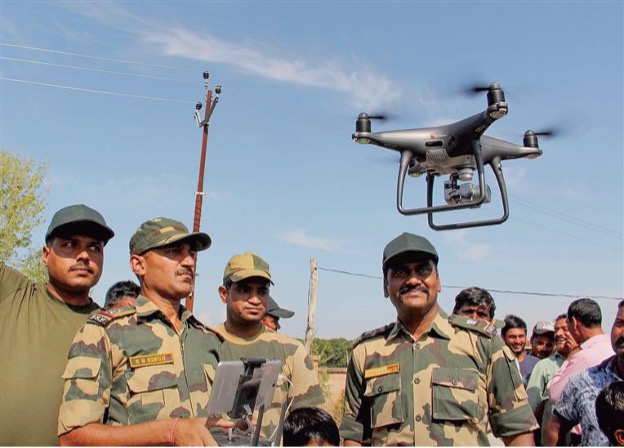
Taking Flight
The term “drone” encompasses a diverse universe of unmanned aerial vehicles (UAVs), each with unique functionalities tailored to specific applications. Let’s embark on a voyage through the key types and their capabilities:
Fixed-Wing Drones:
Functionality: Resembling airplanes, these drones offer extended range and high-speed flight, ideal for long-distance surveys, aerial photography, and cargo delivery.
Unique Features: Efficient for covering large areas, some boast gasoline engines for extended flight times exceeding 16 hours.
Examples: ScanEagle, Ptero X-40
Multi-Rotor Drones:
Functionality: Commonly known as quadcopters or octocopters, these versatile drones offer excellent maneuverability and stability, perfect for close-up inspections, search and rescue operations, and indoor applications.
Unique Features: Their multi-rotor design enables hovering, precise movements, and carrying payloads like cameras or sensors.
Examples: DJI Phantom, Mavic 3, Yuneec Mantis Q
VTOL (Vertical Take-Off and Landing) Drones:
Functionality: Combining the maneuverability of multi-rotors with the range of fixed-wing drones, VTOL drones offer flexibility and efficiency for diverse applications.
Unique Features: Can transition from vertical takeoff to forward flight, enabling operations in confined spaces while accessing wider coverage areas.
Examples: Parrot Disco, Black Hornet Nano
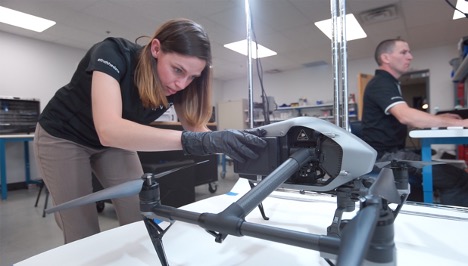
Advancements Fueling Innovation
The constant evolution of drone technology brings exciting advancements in several key areas:
Autonomous Flight: Sophisticated algorithms and AI integration enable advanced path planning, obstacle avoidance, and automated missions, enhancing safety and efficiency.
Sensor Technology: High-resolution cameras, thermal imaging, LiDAR, and other sensors empower drones to collect rich data for precise mapping, inspections, and environmental monitoring.
Payload Capacity: Lighter materials and powerful motors increase payload capacity, allowing drones to carry heavier cameras, equipment, and even small cargo over longer distances.
Navigating the Regulatory Landscape
As drone technology rapidly progresses, regulations strive to ensure safety and responsible use. Key points to consider:
Registration and Licensing: Most countries require drone registration and licenses depending on weight and intended use.
No-Fly Zones: Restrictions exist near airports, sensitive government buildings, and other designated areas.
Privacy and Security: Regulations address data collection, privacy concerns, and potential security risks associated with drone usage.
Understanding these regulations is crucial for safe and legal drone operation, regardless of whether you’re an enthusiast, professional, or business exploring the immense potential of this transformative technology.
Remember, this is just a glimpse into the diverse world of drones. As you journey deeper, you’ll discover an ever-evolving landscape brimming with innovation and boundless possibilities, waiting to be explored and harnessed for the betterment of our world.
Drones: Delivering Transformation Across Industries
Delivery and Logistics:
E-commerce: Imagine receiving your online order within minutes! Drones offer rapid, cost-efficient delivery in urban areas, decongesting roads and potentially revolutionizing e-commerce. Companies like Wing (Alphabet) and Amazon are already piloting drone delivery programs.
Emergency Response: Delivering crucial medical supplies to remote areas or aiding disaster relief efforts are vital applications. Drones can navigate challenging terrain, saving lives and providing critical support during emergencies.
Humanitarian Aid: Reaching isolated communities during natural disasters or delivering urgently needed aid to conflict zones becomes possible with drones, bridging the gap and providing vital support when traditional methods fail.
Agriculture:
Precision Farming: Drones equipped with sensors collect data on soil health, moisture levels, and crop status, enabling targeted application of fertilizers, pesticides, and water, optimizing resource use and increasing yields.
Crop Monitoring: Drones provide aerial inspection of large fields, detecting disease outbreaks, pest infestations, and irrigation issues early on, allowing for prompt action and minimizing losses.
Spraying/Seeding: Drones can precisely apply pesticides or herbicides to specific areas, reducing waste and minimizing environmental impact. They can also efficiently sow seeds across vast fields, saving time and labor.
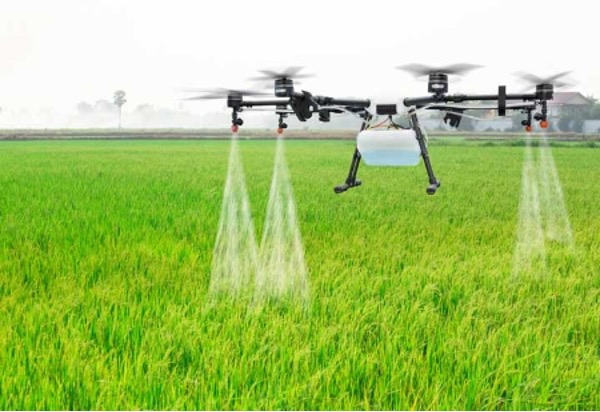
Construction and Infrastructure:
Inspection: Drones inspect bridges, pipelines, and other structures for damage, wear, and safety hazards, reducing risks and increasing efficiency compared to traditional methods.
Mapping and Surveying: Drones create detailed maps and surveys of construction sites, terrain, and infrastructure, significantly reducing time and cost compared to ground crews.
Progress Monitoring: Capturing aerial footage allows for accurate tracking of construction progress, making real-time decision-making and project management easier.
Media and Entertainment:
Aerial Photography and Filmmaking: Drones capture stunning aerial shots and unique perspectives, enhancing content creation for movies, documentaries, and even everyday videography.
Live Events: Drones offer live aerial coverage of sporting events, concerts, and other large gatherings, providing viewers with immersive and unique angles.
Wildlife and Nature Documentaries: Drones capture footage of animals and landscapes in ways previously impossible, offering unprecedented insights and stunning visuals for documentaries and nature films.
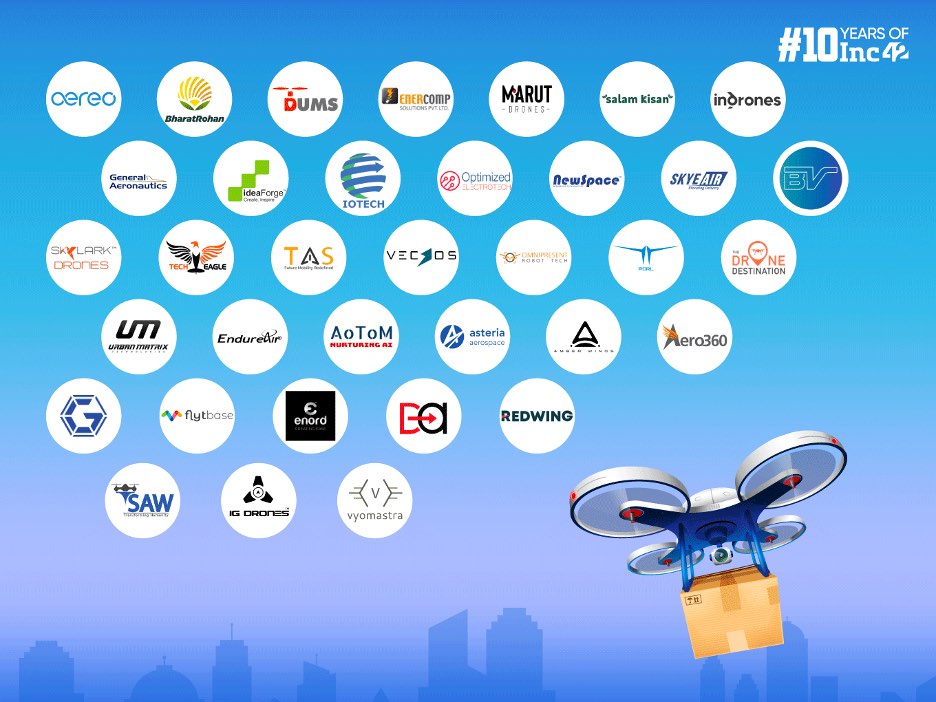
Search and Rescue:
Locating Missing Persons: Drones equipped with thermal imaging can search vast areas quickly and efficiently, increasing the chances of finding missing persons in challenging environments.
Assessing Disaster Zones: Drones provide aerial surveys of disaster zones, helping assess damage, identify survivors, and coordinate rescue efforts effectively.
Delivering Aid: Drones can deliver essential supplies like food, medicine, and water to isolated areas affected by disasters, providing rapid assistance in critical situations.
Other Industries:
Security: Drones patrol perimeters, monitor sensitive areas, and provide aerial surveillance for security purposes.
Mining: Drones map terrain, inspect mines, and monitor environmental impact in the mining industry.
Environmental Monitoring: Drones monitor wildlife populations, track deforestation, and measure pollution levels, aiding in environmental management and conservation efforts.
Research: Researchers use drones for various applications, from studying animal behavior to monitoring archaeological sites and mapping glaciers.
This list is just a glimpse of the immense potential drones hold across diverse industries. As technology evolves and regulations adapt, drones are poised to revolutionize numerous sectors, offering efficiency, innovation, and even life-saving capabilities. Stay tuned for further exploration of the exciting future of this transformative technology!
Soaring Towards Tomorrow: The Thrilling Future of Drone Technology
Drones are no longer futuristic fantasies; they’re reshaping our world. But the journey is far from over. Let’s peer into the crystal ball of drone innovation:
Flight Time Triumphant: Imagine drones patrolling borders tirelessly or delivering medical supplies across vast distances. Advancements in battery technology and solar power promise significantly extended flight times, unlocking entirely new applications.
AI Takes the Helm: Drones with smarter AI navigation will seamlessly weave through complex environments, predict and avoid obstacles, and even make autonomous decisions. This opens doors for more intricate rescue missions, automated package delivery, and even drone-operated taxis.
Tech Synergy Beckons: The future sees drones integrating seamlessly with other technologies. Imagine drones collaborating with self-driving cars for efficient deliveries, or swarms of drones working together for large-scale infrastructure inspection. The possibilities are limitless.
New Frontiers Await: Healthcare might see drones delivering medicine to remote villages or facilitating telemedicine consultations. Disaster management will benefit from real-time damage assessments and targeted aid delivery. Transportation might witness drone taxis ferrying passengers over congested cities, revolutionizing urban planning.
Regulations in Flight: As drones evolve, so must regulations. Balancing innovation with safety and privacy concerns is crucial. We need frameworks that foster responsible development while enabling drones to reach their full potential.
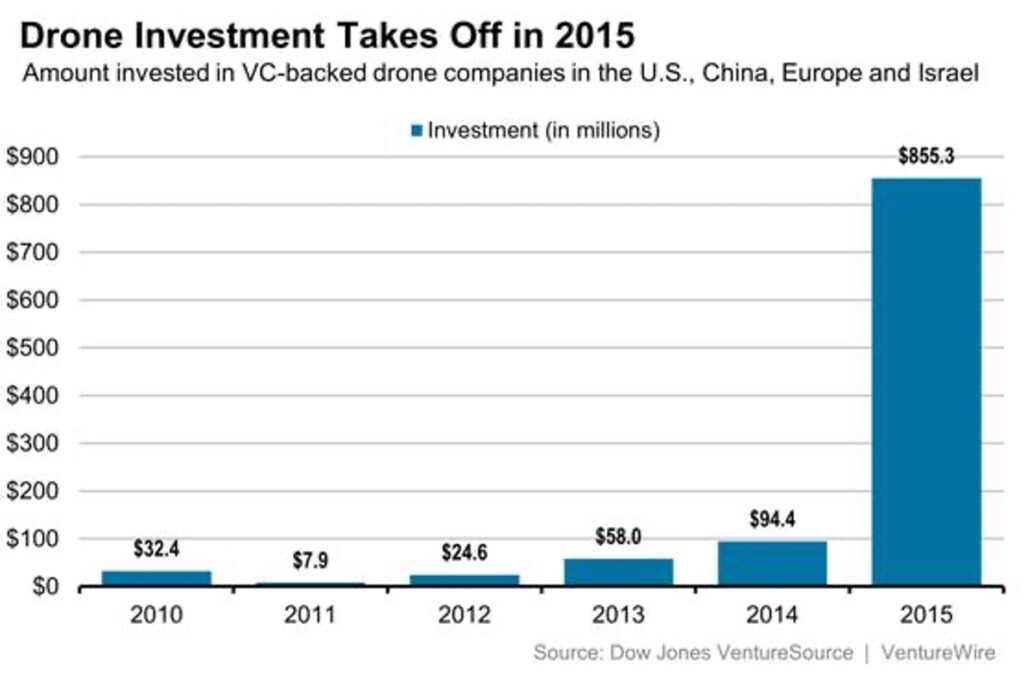
Conclusion
Drone technology offers immense potential to transform industries, save lives, and improve our world. But with great power comes great responsibility. Ethical considerations and responsible development must guide this revolution.
The question remains: Can we harness the power of drones for good, ensuring equitable access and responsible use? As we navigate this exciting future, let’s ensure that drones not only take flight, but also take off in the right direction – towards a brighter, more connected world.
Written by – Nafeaa Vohra
Edited by – Khalid Khursheed

